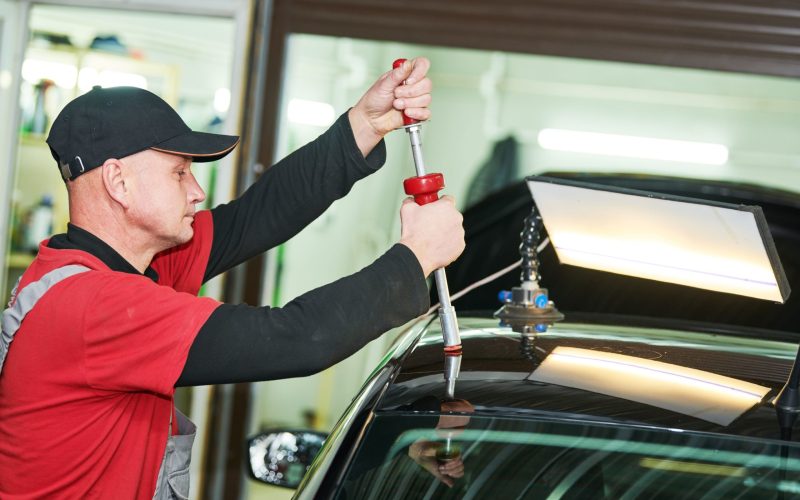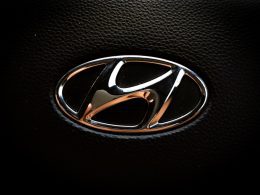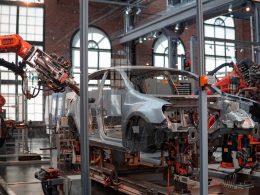Introduction
Minor dents and dings can make your car look old and neglected—even when its engine runs like new. When you need a dent fixed, you typically choose between paintless dent repair (PDR) and a traditional car paint shop. Both methods restore your vehicle’s appearance, but they work in very different ways. Understanding how each process runs, the costs involved, and the time required will help you pick the right solution. In this guide, we’ll explore PDR and traditional paint shops side by side, so you can make an informed choice that saves time, money, and hassles.
What Is Paintless Dent Repair (PDR)?
Paintless dent repair is a technique that removes small dents without using filler or repainting. It relies on skilled technicians who gently massage the metal back into shape from behind the dented panel.
1. How PDR Works
- Assessment: The technician inspects the dent’s size, location, and damage to the paint.
- Accessing the Dent: They remove interior panels or trim to reach the backside of the dent.
- Metal Manipulation: Using special rods and tools, they apply precise pressure to push the metal back.
- Fine Tuning: Light tapping with a small hammer ensures a smooth finish.
- Final Inspection: The area is checked under bright light to confirm the dent is gone and the paint is intact.
2. Advantages of PDR
- Cost-Effective: Less labor and no paint materials mean lower bills—often 50–70% cheaper than traditional repairs.
- Time-Saving: Most PDR jobs finish in a few hours or by the end of the day, so you can get back on the road quickly.
- Original Paint: Preserving factory paint maintains your car’s value and avoids color‐match challenges.
- Eco-Friendly: No fillers, primers, or paint means fewer chemicals released into the environment.
3. Limitations of PDR
- Size and Location: PDR only works on dents where the paint isn’t cracked and technicians can access the backside.
- Complex Damage: Deep creases, sharp folds, or dents on body lines may require traditional methods.
- Paint Damage: If paint is chipped or scratched, PDR alone won’t restore the finish.
What Is a Traditional Car Paint Shop Repair?
Traditional dent repair involves filling damaged areas, sanding, and repainting to hide dents. This method covers a wide range of damage but takes more time and costs more.
1. How Traditional Repair Works
- Dent Assessment: The shop examines the damage to plan the repair, noting areas needing filler and paint.
- Surface Preparation: Damaged panels are sanded down to bare metal, and any rust is removed.
- Body Filler: The technician applies a layer of filler (like Bondo) to level the dent.
- Sanding and Shaping: Multiple sanding steps refine the filler until it matches the panel’s contour.
- Priming: A primer coat seals the filler and creates a smooth base for paint.
- Painting: The area is painted, often using a spray booth for a clean finish.
- Clear Coat & Buffing: A clear coat protects the paint, and polishing removes any minor imperfections.
2. Advantages of Traditional Repair
- Versatility: Handles large dents, deep creases, and damage where the paint is compromised.
- Color Match: Modern paint‐matching systems ensure a near‐perfect blend with factory paint.
- Structural Repairs: Shops can address underlying damage or metal stretching.
3. Limitations of Traditional Repair
- Higher Cost: Materials and labor are more expensive, often costing two to three times PDR.
- Longer Time: Repairs can take several days, especially if parts need to dry between coats.
- Paint Fade Risk: New paint may fade at a different rate than surrounding factory paint over time.
- Environmental Impact: Paints and solvents can emit volatile organic compounds (VOCs).
Side-by-Side Comparison
| Factor | Paintless Dent Repair (PDR) | Traditional Paint Shop Repair |
|---|---|---|
| Ideal Damage | Small, shallow dents; no paint damage | Large dents; paint cracking; creases |
| Cost | Low to moderate | Moderate to high |
| Time Required | Hours to 1 day | 2–5 days |
| Paint Preservation | 100% original factory paint | New paint; color‐matched |
| Environmental Impact | Minimal (no chemicals) | Higher (fillers, paints, chemicals) |
| Durability | Long‐lasting when done by pro | Durable if quality materials used |
| Accessibility | Technician needs panel access | No access required |
How to Choose the Right Method
- Assess the Dent: Examine the size, depth, and paint condition.
- Request Quotes: Get estimates for both PDR and traditional repair from reputable shops.
- Consider Turnaround: If you need your car back quickly, PDR may be best.
- Check Warranty: Many PDR providers guarantee results, while paint shops offer warranties on paint and finish.
- Think Long-Term: Preserving original paint can boost resale value—PDR shines here.
By weighing these factors, you can select the repair method that fits your budget, timeline, and quality expectations.
Conclusion
Both paintless dent repair and traditional car paint shops have their place in fixing dents. PDR offers a fast, cost-effective, and eco-friendly solution for minor dents without paint damage. Traditional repairs handle larger dents, creases, and paint chips but require more time, materials, and expense. Your choice depends on the dent’s size and location, your timeline, and budget. For quick fixes that preserve factory paint and maintain car value, PDR is often the best route. When damage is extensive or the paint is compromised, traditional body shops deliver durable, seamless results. Consider both methods to keep your car looking its best












